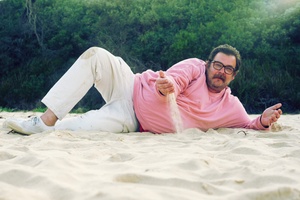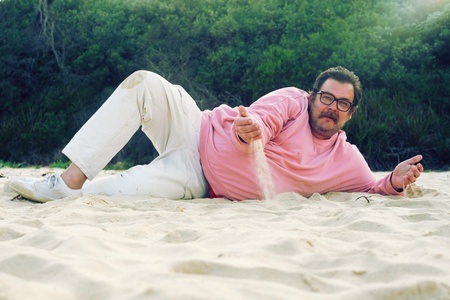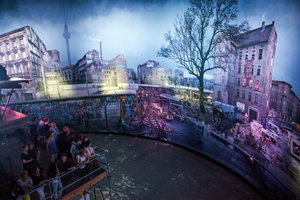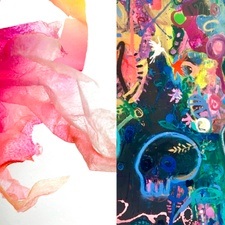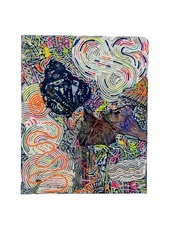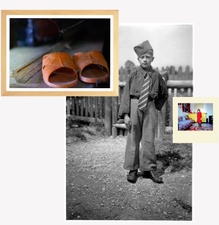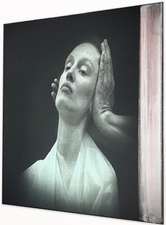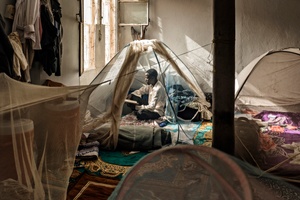Noa Eshkol. No Time to Dance
In the organizer's words:
The Israeli artist and choreographer Noa Eshkol would have been 100 years old this year. To mark the occasion, the Georg Kolbe Museum is showing the retrospective Noa Eshkol from March 15 to August 25, 2024. No Time to Dance. The visionary artist made groundbreaking contributions to art, science and culture with her work, which is still largely unknown in Europe.
Noa Eshkol (1924-2007) was a dancer, choreographer, visual artist, teacher and theorist. She founded the Chamber Dance Quartet in Tel Aviv in 1954 and developed minimalist compositions without sets, costumes or music. Her goal was absolute concentration on the essentials. Eshkol had a deep understanding of body and space and in 1954, together with the architect Abraham Wachmann, developed a unique notation system that records physical movements and serves to document and communicate: the Eshkol-Wachmann Movement Notation (EWMN). It made an important cultural and scientific contribution to developments in medicine, computer-based electronic music and cybernetics.
The extensive presentation provides an insight into her movement research since the 1950s, choreographies, language studies, dances, textile art and the notation system she developed for human and animal movements. The counterpoint to her minimalist choreographies and graphic dance notations in the exhibition are large-format and colorful tapestries that she created together with her dancers from 1973, with the outbreak of the Yom Kippur War, from collected and donated fabric remnants.
With the presentation on the life and work of this pioneering artist, the Georg Kolbe Museum is taking up important themes for the institution such as modern dance, the body in space and modernist architecture.
The exhibition also features works by contemporary artists inspired by Eshkol's practice. These include works by Sharon Lockhart, Yael Bartana and Omer Krieger, as well as a new work developed for the exhibition by Ayumi Paul.
A supplementary presentation of the museum's collection provides an insight into the subject of dance in the Weimar Republic, points of connection and ruptures.
To mark the opening of the exhibition, KW on Location and the Georg Kolbe Museum are presenting the first reprint of the seminal 1958 publication Movement Notation.
This content has been machine translated.Price information:
(reduced 5 €)


